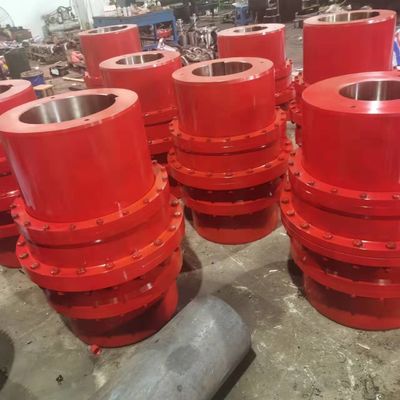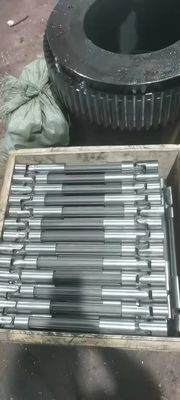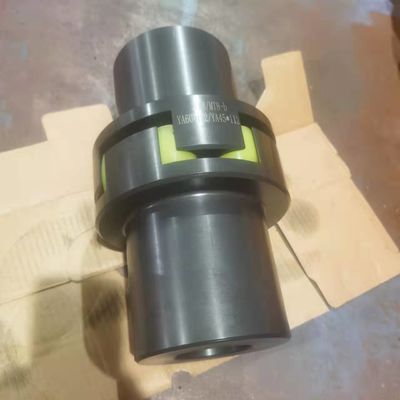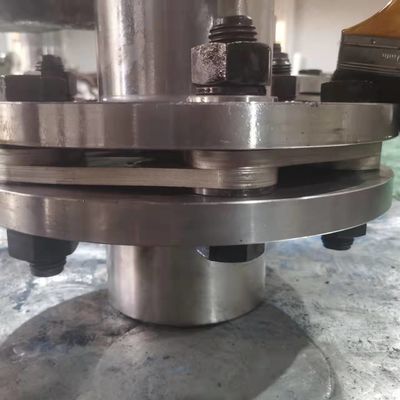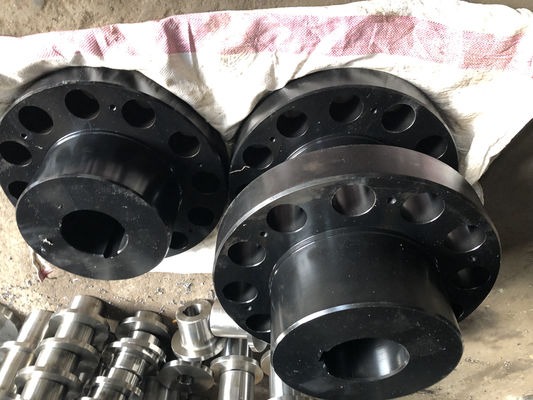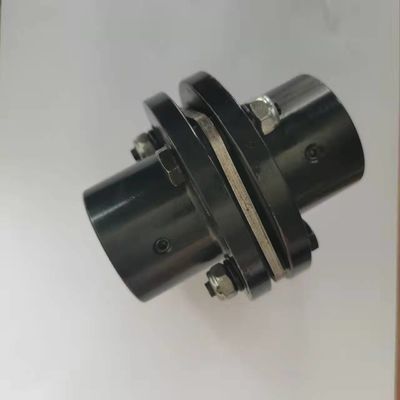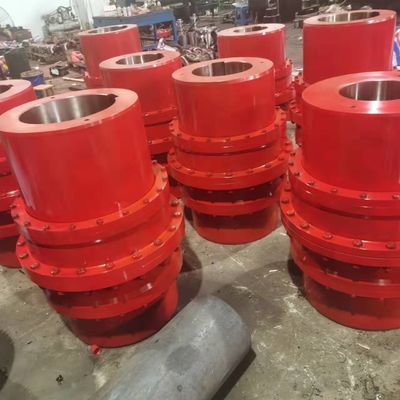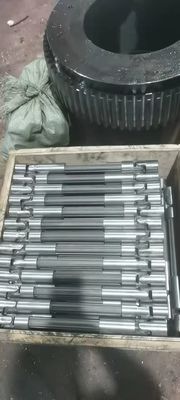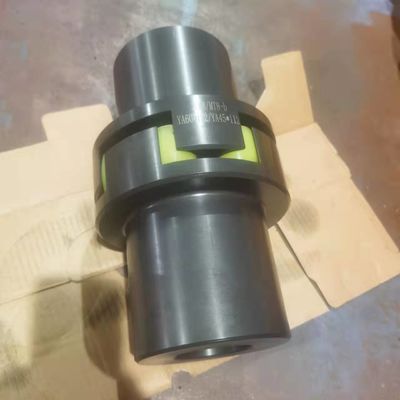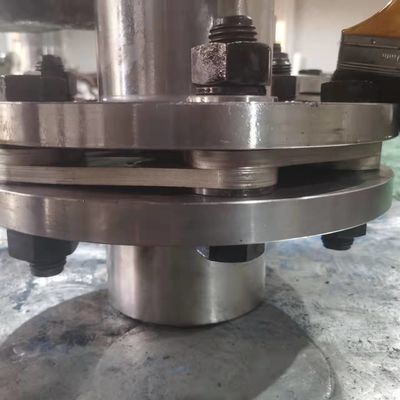-
Steel Rail Wheels
-
Railway Wheel Set
-
Train Rail Wheels
-
Aluminum Alloy Wheels
-
Railway Spare Parts
-
Elastic Rail Clip
-
Railway Vehicles
-
Rail Wheel Axle
-
Steel Track Rail
-
Railway Fish Plates
-
Railway Tyres
-
Precision Forging Parts
-
Investment Casting Parts
-
Railway Track Fasteners
-
Railroad Track Cars
-
Rail Track Measuring Equipment
Steel Material Railway Spare Parts , Rigid And Flexible Coupling 100-1052mm Thickness
| Place of Origin | China |
|---|---|
| Brand Name | Kingrail |
| Certification | ISO |
| Model Number | Rigid |
| Minimum Order Quantity | Negotiable |
| Price | Negotiable |
| Packaging Details | standard export package, or as per customer request |
| Delivery Time | 1-30 working days |
| Payment Terms | L/C, D/A, D/P, T/T, Western Union, MoneyGram |
| Supply Ability | 1000000ton |

Contact me for free samples and coupons.
WhatsApp:0086 18588475571
wechat: 0086 18588475571
skype: sales10@aixton.com
If you have any concern, we provide 24-hour online help.
x| Standard Or Nonstandard | Standard And Customized Drawing | Thickness | 100-1052mm |
|---|---|---|---|
| Inner Diameter | 20-290mm | Application | Manufacturing Plant, Machinery Repair Shops, Construction |
| Material | Steel | Material Of Hubs | Aluminum Alloy |
| Highlight | Railway Spare Parts Coupling,1052mm Railway Spare Parts,100mm Rigid And Flexible Coupling |
||
Introduction of Customized Rigid and flexible couplings forging and casting production gears
Coupling refers to a device that connects two shafts or shafts and rotating parts, rotates together in the process of transmitting motion and power, and does not disengage under normal circumstances. Sometimes it is also used as a safety device to prevent the connected parts from being subjected to excessive load, and plays the role of overload protection.
Couplings are also called couplings. A mechanical component used to firmly connect the driving shaft and the driven shaft in different mechanisms to rotate together and transmit motion and torque. Sometimes it is also used to connect shafts and other parts (such as gears, pulleys, etc.). It is often composed of two halves, which are respectively connected by keys or tight fittings, and are fastened at the ends of the two shafts, and then the two halves are connected in some way. The coupling can also compensate for the offset (including axial offset, radial offset, angular offset or comprehensive offset) between the two shafts due to inaccurate manufacturing and installation, deformation during operation or thermal expansion, etc. ; and shock mitigation and vibration absorption.
Customized Rigid and flexible couplings forging and casting production gears
Most of the commonly used couplings have been standardized or standardized. Generally, it is only necessary to correctly select the type of coupling and determine the type and size of the coupling. When necessary, the load capacity can be checked and calculated for its vulnerable weak links; when the rotation speed is high, the centrifugal force of the outer edge and the deformation of the elastic element should be checked, and the balance check should be carried out.
Couplings can be divided into two categories: rigid couplings and flexible couplings.
Rigid couplings do not have buffering properties and the ability to compensate for the relative displacement of the two axes, requiring strict alignment of the two axes. , Easy maintenance, can ensure high neutrality of the two shafts, large transmission torque, and wide application. Commonly used are flange couplings, sleeve couplings and jacket couplings.
Flexible couplings can be divided into flexible couplings with no elastic elements and flexible couplings with elastic elements. The former type only has the ability to compensate for the relative displacement of the two axes, but cannot buffer and reduce vibration. The common ones are slippery. Block couplings, gear couplings, universal couplings and chain couplings, etc.; the latter type contains elastic elements, in addition to the ability to compensate for the relative displacement of the two axes, it also has buffering and vibration damping effects. However, due to the limitation of the strength of the elastic element, the transmitted torque is generally not as good as the flexible coupling without elastic element. The common elastic sleeve pin coupling, elastic pin coupling, plum-shaped coupling, tire type coupling Couplings, serpentine spring couplings and reed couplings, etc.
According to different working conditions, the coupling needs to have the following properties:
(1) Portability. The mobility of the coupling refers to the ability to compensate for the relative displacement of the two rotating components. Factors such as manufacturing and installation errors between connected components, temperature changes during operation, and deformation under load all place requirements on portability. Movable performance compensates or relieves additional loads between shafts, bearings, couplings and other components due to relative displacement between rotating components.
(2) Buffering. For occasions where frequent load starts or working load changes, the coupling needs to have elastic elements for buffering and vibration damping to protect the prime mover and the working machine from being damaged or not damaged.
(3) Safe, reliable, with sufficient strength and service life.
(4) Simple structure, convenient assembly and disassembly and maintenance.
Selection of Coupling Type When selecting a coupling type, the following items should be considered.
① The size and nature of the required transmission torque, the requirements for buffering and vibration reduction functions, and whether resonance may occur.
② The relative displacement of the two shaft axes caused by manufacturing and assembly errors, shaft load and thermal expansion deformation, and relative movement between components.
③ The allowable dimensions and installation methods, and the necessary operating space for easy assembly, adjustment and maintenance. For large couplings, it should be possible to disassemble and assemble under the condition that the shaft does not need to move axially.
In addition, the working environment, service life and conditions such as lubrication, sealing and economy should also be considered, and then refer to the characteristics of various couplings to select a suitable coupling type
Customized Rigid and flexible couplings forging and casting production gears
products
| Material | 45#/40Cr/42CrMo |
| Color | Any color available |
| Packaging | Plywood case |
Kingrail specializes in the production of plum blossom couplings, gear couplings, diaphragm couplings, GICL drum gear couplings, JM elastic diaphragm couplings, LM plum blossom elastic couplings, plum blossom elastic couplings Couplings (ML type) and other products
![]()
![]()




